Materials Analysis Services
Scanning Electron Microscopy and Energy Dispersive Spectrometry Analysis or SEM/EDS Analysis
The use of a Scanning Electron Microscope, or SEM, provides the ability to observe microscopic features in any solid material at extremely high magnifications. Particles and features in the nanometer range can be observed and photographed. Additionally, the integrated Energy Dispersive Spectrometer, or EDS, system allows us to analyze the elemental composition of any feature observed under the SEM in real time.
Our SEM/EDS laboratory features the First COLORSEM, ChemiSEM Technology. It gives us an advantageous new way of viewing specimens with in real-time elemental mapping for all types of materials analysis, from failure analysis, coatings, inclusion and voids analysis, to particle analysis and more.
Liquid samples can be filtered, dried and analyzed for particle identification and chemical composition. Elemental and compound information can be reported in several formats including elemental spectrums showing the elements present, quantitatively showing the atomic and weight percent, and x-ray mapping showing the concentration and location of the elements present overlaid onto the SEM image. FT-IR anlysis can determine the substance when the element is carbon based.
FT-IR Analysis
Occasionally, SEM/EDS analysis will result in carbon element without much more information. For that reason, Houston Electron Microscopy acquired a micro FT-IR system to discover the chemical distribution of materials in heterogeneous samples. The FT-IR anlysis can then determine the sample's chemical composition and structure. The SEM with chemiSEM technoloy system and the micro FT-IR system give us the ability to analyze a wide range of chemicals, materials, organic and inorganic compounds.














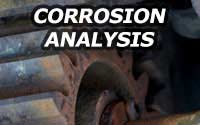



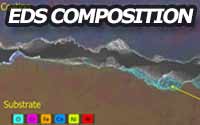
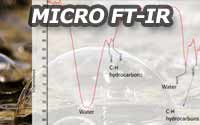
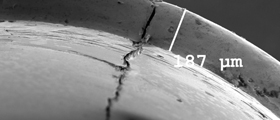
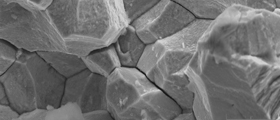
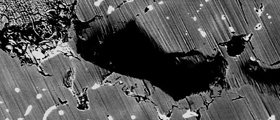

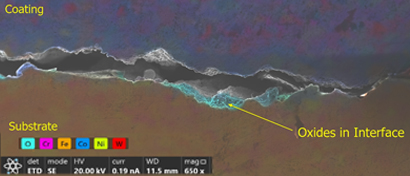
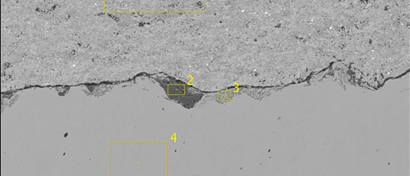
We get answers
281.888.4261